***ANY PAYMENT ISSUES PLEASE CONTACT US** Auto-Direct-Deposit for payment. All issues to [email protected] *Bulk5 for 5% Off* First Time*19+ ID REQUIRED* $100+ FREE SHIPPING In Canada *81k+ reviews* Packages are dropped off to Canada Post, But there could be delays in the tracking update! All operations are resumed normally even with the Canada Post strike, however please expect potential delays in delivery. We Will ALSO USE an ALTERNATIVE COURIER as a backup. We appreciate your patience & understanding.
Online Chat Support Mon to Fri: 9am - 10pm PST. Sat & Sun: 11am - 11pm PST.
Your Cart
Add $100.00 to cart and get free shipping!
No products in the cart.
We Accept Email Money Transfer, Bitcoin & Other Cryptocurrencies.
Add $100.00 to cart and get free shipping!
No products in the cart.
We Accept Email Money Transfer, Bitcoin & Other Cryptocurrencies.
Up to 50% OFF!
While supplies last.
Orange Jelly Bomb | Sativa | 80mg THC | Twisted Extracts
Aurora Milk Chocolate | 500mg | Keo Edibles
available only:
28Strawberry Shortcake White Chocolate | 500mg | Keo Edibles
available only:
29Green Tea Crisp Chocolate | 500 mg | Keo Edibles
available only:
21Milky Way Chocolate Chip THC Cookie | 400mg THC | Keo Edibles
available only:
1Macadamia Nut White Chocolate THC Cookie | 400mg THC | Keo Edibles
available only:
10Fruit Punch Indica ZzZ Bomb | 80mg THC | Twisted Extracts
D8 Premium THC Distillate Oil Syringe | 1G
Peach & Grape Puzzle Gummies | 240mg | Keo Edibles
available only:
30Pet CBD Oil Tinctures | 500mg CBD | Keo Edibles
available only:
13Strawberry and Lemonade Puzzle Gummies | 240mg | Keo Edibles
available only:
38Cherry & Cola Puzzle Gummies | 240mg | Keo Edibles
available only:
72Rolling the Perfect Joint: A Comprehensive Guide for Cannabis Enthusiasts
There are countless opinions on the different ways of rolling one up, but whatever you do, ensure your creation burns smoothly and evenly.
How much weed is in a joint? We recommend using a 1/2 gram of weed and 1¼ size rolling papers when starting. This is a good amount of weed for a couple of people, and starting on the small side will make rolling the joint more manageable.
For reference, most pre-rolls sold in stores are a full gram, although some come in 2-packs of half-grams.
When you get good at rolling, you can move up to king-sized papers and full-gram joints and widen your smoking circle.
How to choose the right rolling paper There are hundreds of types of rolling papers in different sizes, materials, and even flavours.
- Size 1¼ papers are the standard for rolling joints because they’re easy to roll and can fit a crutch or filter. They are 1¼ inches wide and 3 inches long. Common 1¼ papers are Orange Zig-Zags.
- Single wides are slightly smaller than 1¼’s at 1 inch wide and are often used as standard cigarette rolling papers. Common single-wide papers are White Zig-Zags.
- 1½ papers are slightly wider than 1¼’s, allowing for fatter joints.
- King-size papers are also popular, typically wider and longer than above. They’re great if you’re rolling for a big smoking circle.
- You can also buy rolls of paper, which can be any of the above lengths and up to 16 feet long—tear off a piece for however long you want a joint to be. You can find all the above sizes in regular or slim (or thin) versions—slims are more delicate and easier to rip but have less of a paper taste.
- Material Rolling papers have traditionally been made out of tree pulp, but there are a variety of different materials used to make them these days, including:
- Hemp Rice Bamboo Flax White papers are often bleached, and some papers have additives like charcoal to make them burn more quickly, but not always. Brown papers are often natural and unbleached. Check the package to see what rolling papers are made of and if they have additives.
- Novelty rolling materials include gold leaf, rose petals, goji berries, and cellulose.
- Flavoured papers Rolling papers can also come in a variety of flavours. These have been treated or infused with flavours, so they are unnatural.
- Cones If you’re new to rolling joints, consider buying a cone. These are rolling papers pre-shaped into conical joints, with a crutch at the end.
- Simply grind up some weed, pour it into the cone, and pack it down with a tamping rod that’s usually included, or a pen or chopstick.
How to roll a joint Here’s our simple seven-step guide on the easiest way to roll a classic cone joint, even for beginners.
Start by gathering your rolling supplies: Cannabis strain of your choice Rolling papers Crutch (for the joint tip) Cannabis grinder Optional: A pen or other thin object to help pack the joint
Step 1: Grind the cannabis Using a grinder, grind down your cannabis into shake. Grinding weed makes the filling of the joint more consistent, makes rolling easier, and ensures that the joint burns evenly on all sides. A grinder also keeps your hands from getting sticky and sticking to the rolling paper.
If your cannabis is dried well, it should break down easily. If you don’t have a grinder, you can break up the herb using scissors or your hands.
Step 2: Create a crutch or filter Make a crutch, also called a tip or filter. Start with a few “accordion” folds, then roll the crutch to the desired thickness of your joint.
You can make a crutch out of almost anything, but we recommend filter tips, which are thin yet stiff pieces of paper. Business cards, rolling paper packs, or other thin pieces of cardboard are solid go-tos as well.
A crutch isn’t necessary, but it adds stability to the joint and allows you to enjoy every bit of cannabis without burning your fingertips. It also helps keep shake from falling out of the end or into your mouth as you smoke.
Step 3: Fill the rolling paper with cannabis Put the crutch at one end of the rolling paper and fill the paper with shake. Once the paper has the right amount—a half-gram to a full gram usually does the trick—you can begin to form and shape the joint with your fingers.
A quick note on papers: There are a lot of different types and flavors of rolling papers available. Many people prefer hemp papers because they tend to be thin but strong and burn evenly without affecting the flavor of your weed, but there are different papers for every smoker.
Step 4: Roll the joint Once you’ve loaded and shaped your joint, it’s time to roll the paper. Pinch the paper between your fingertips and roll it back and forth to pack the cannabis into its final cone shape.
Step 5: Seal the joint This step can make or break the quality of your joint. Tuck the unglued side of the paper into the roll, roll it up, and lick an edge of the glued side to tack down one end of the paper, using just a little bit of moisture.
Pro tip: Start with the crutch side because it can help guide the paper as it rolls around.
Once the paper is tacked down on one end, you can work down the rest of the seam by tucking and sealing the joint.
Step 6: Pack the joint. Finally, pack the open end of the joint to help ensure an even burn. A pen is great, but you can use just about anything thin.
Some good options if you’re on the go: the tip of your shoelace, the drawstring on your hoodie, or a small stick. If you’re not planning on sparking your joint immediately, twist the tip to close it up.
Step 7: Enjoy! Learning to roll a joint takes patience and practice. You might not roll the perfect cone your first time, but keep at it, and you’ll be a pro in no time. Here are some beginner tips for rolling the perfect joint:
Use a grinder. Weed is easier to roll when it’s the same consistency. Grinders are cheap and will also save time when breaking down weed. Remove sticks and stems. These will punch through your joint and complicate the rolling process. Be gentle; start with thick papers. Joint rolling is a delicate art requiring a light touch. For beginners: stay away from thin or slim papers. Don’t over-roll. New joint-rollers tend to roll and re-roll to try and tuck in the paper. Just a couple of rolls between the thumbs and fingers should do; any more and the joint might be hard to draw when smoking. Tuck in one side first. After the weed is rolled, tuck in one corner of the paper first, usually the side, with your dominant hand. Then slowly follow the seam.
Categories
- Cannabis News & Blogs (137)
Featured Posts
Recent Posts
- The Science Behind Purple Cannabis Strains: What Makes Them So Vibrant? December 8, 2024
- Discover BulkBuddy’s Top 5 New Cannabis Strains of 2024 November 21, 2024
- Exploring Cannabis in Canada: Updates, Tips, and Trends November 10, 2024
- The Ultimate Guide to Choosing the Perfect Cannabis Strain October 15, 2024
- Cannabis Edibles vs. Smoking: Which is Better When Buying in Bulk? September 24, 2024

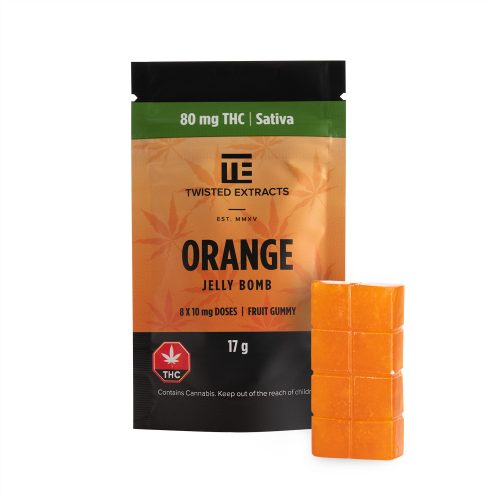
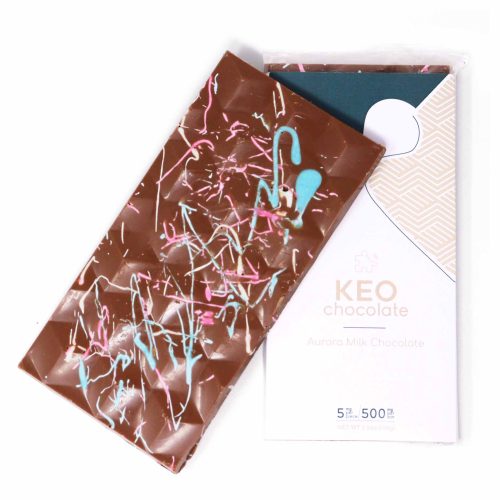
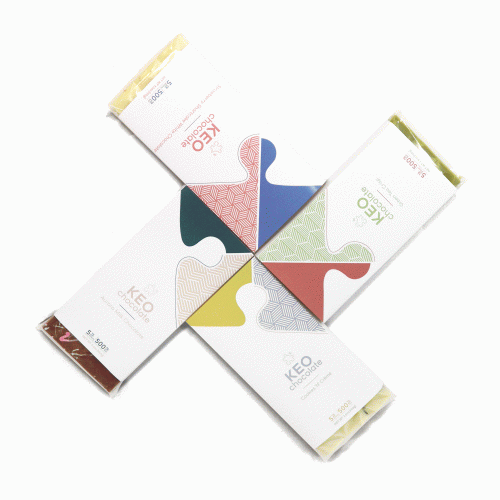
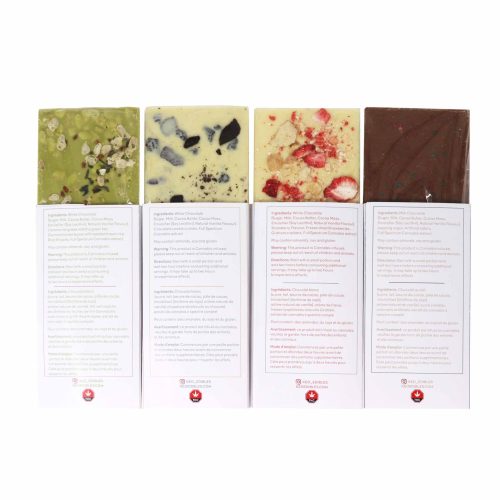
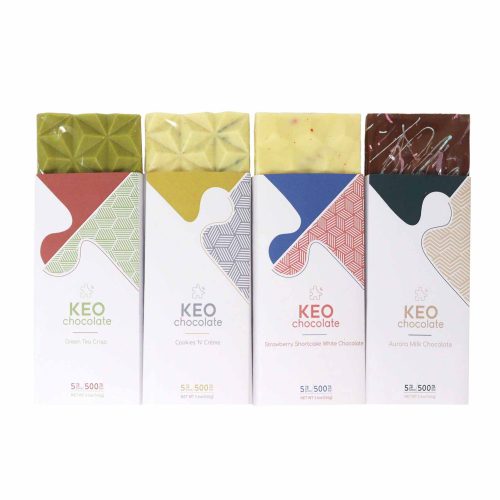
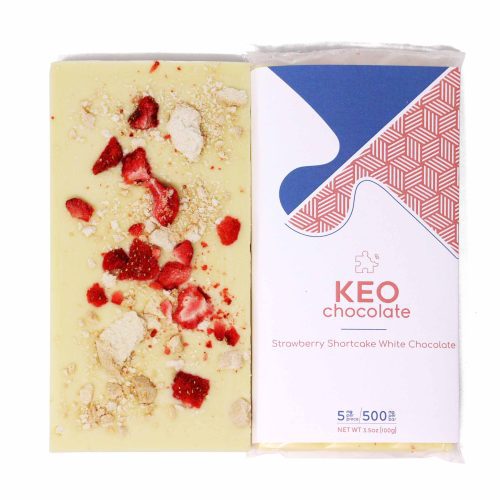
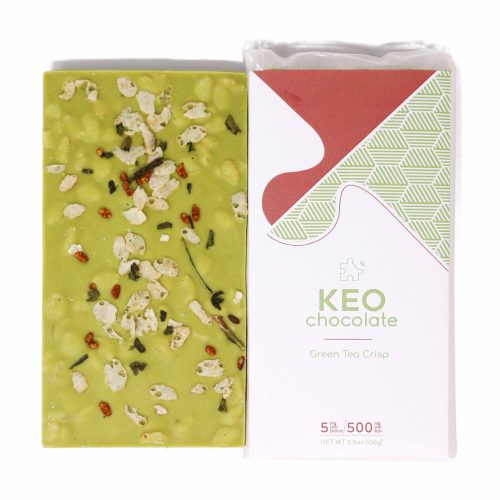

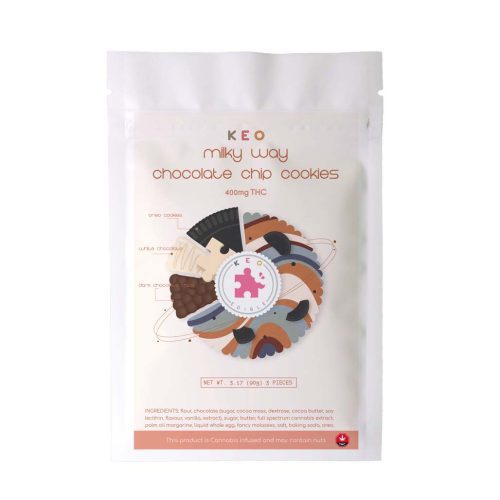
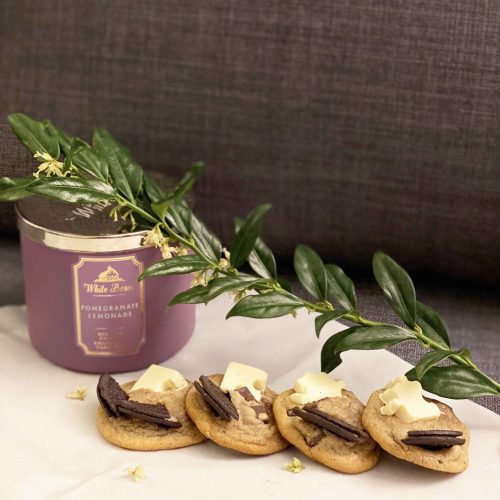
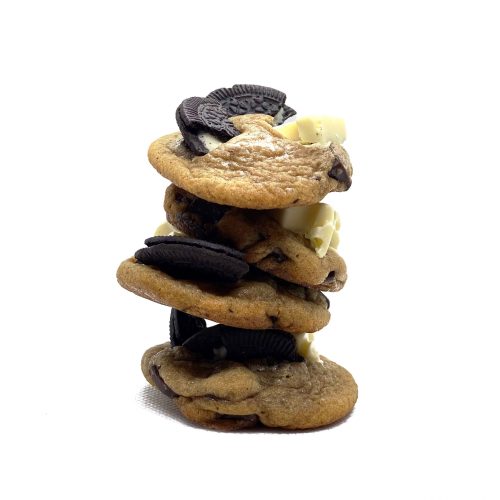
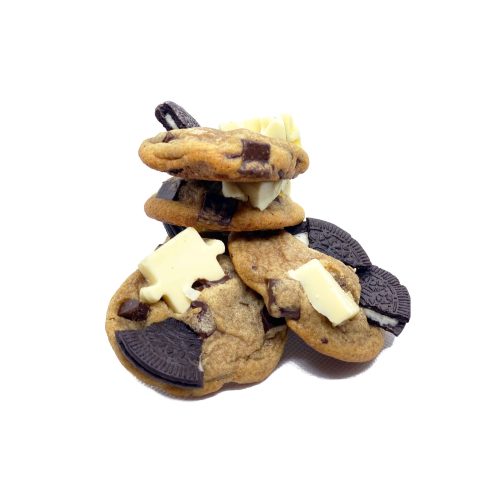
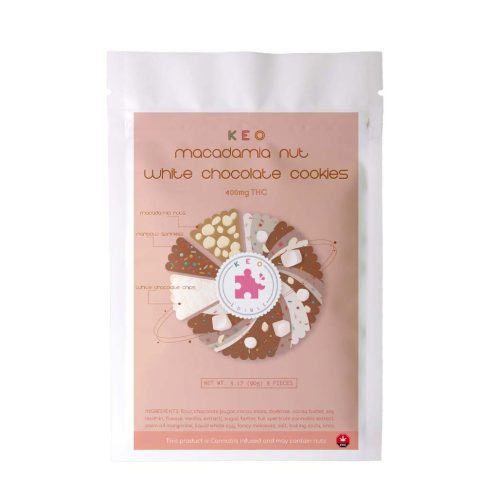

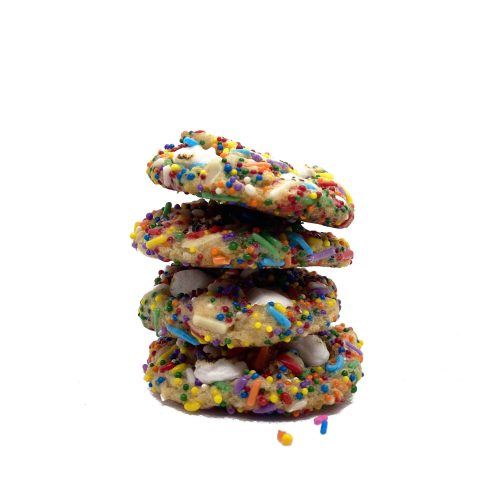
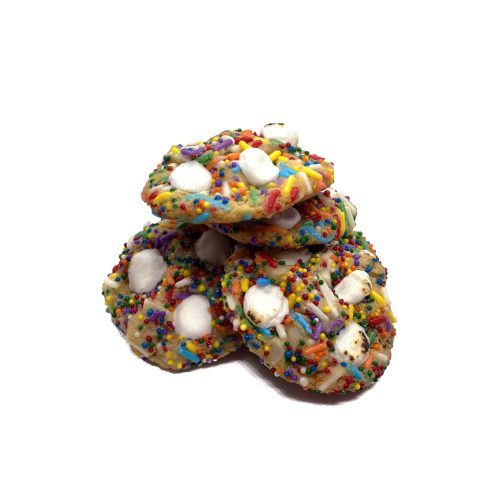
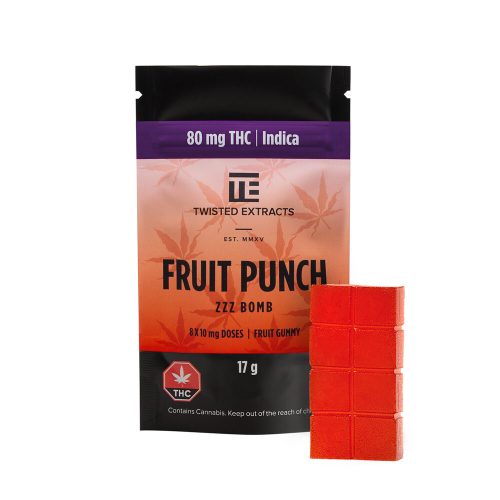
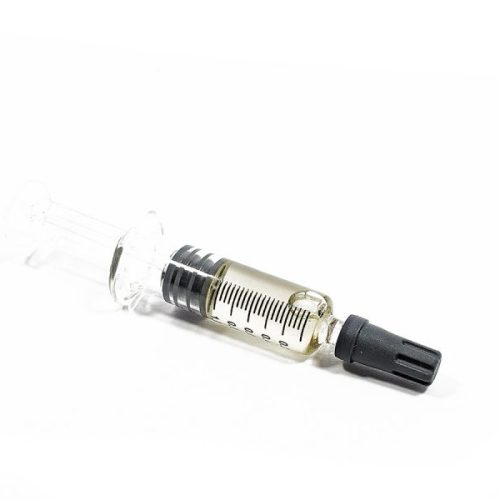
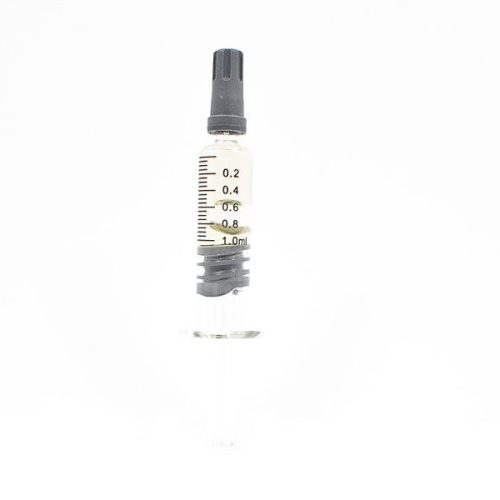
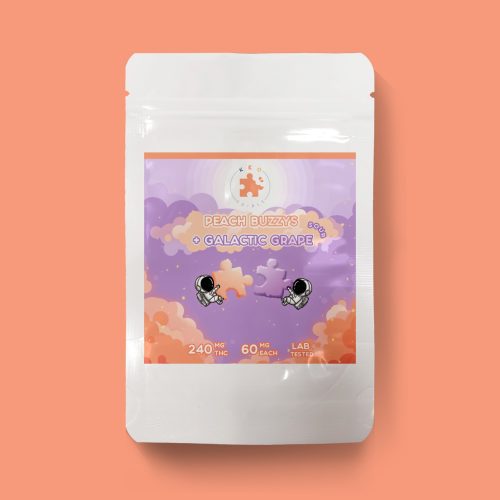
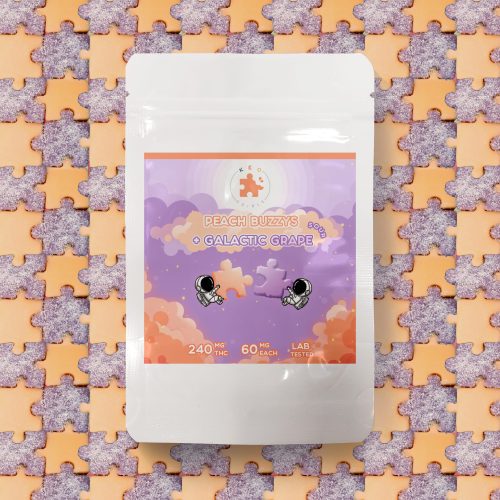
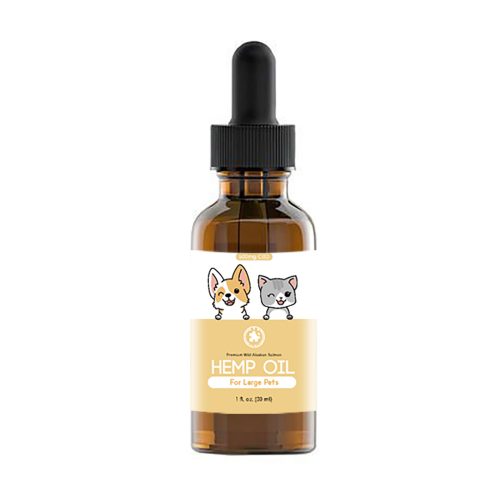
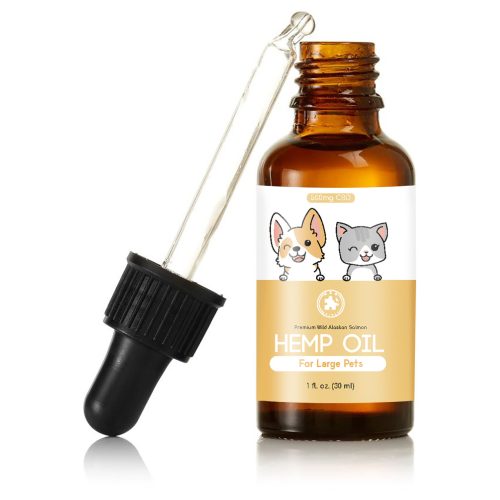
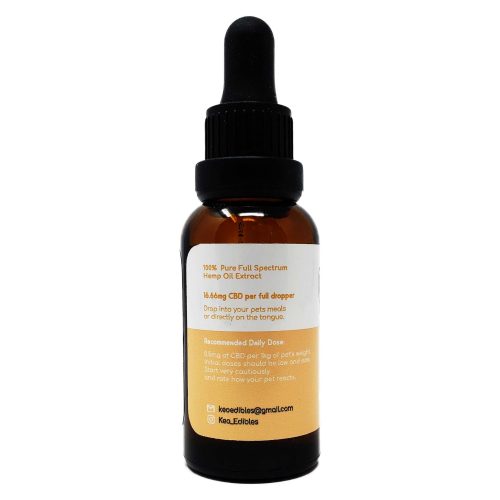
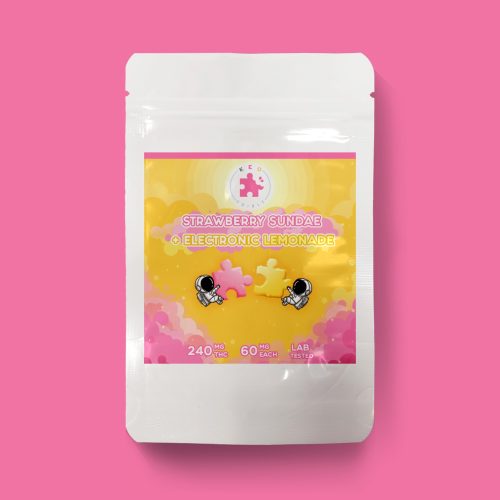
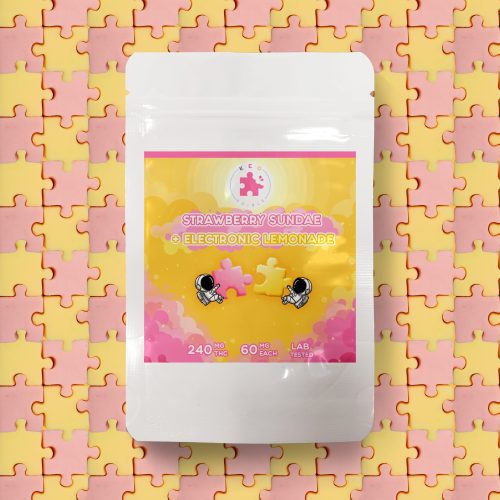
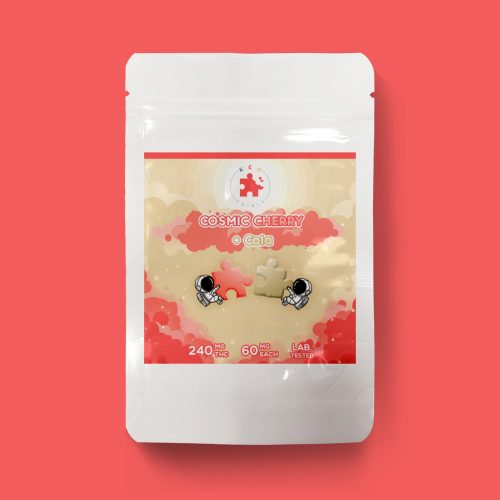
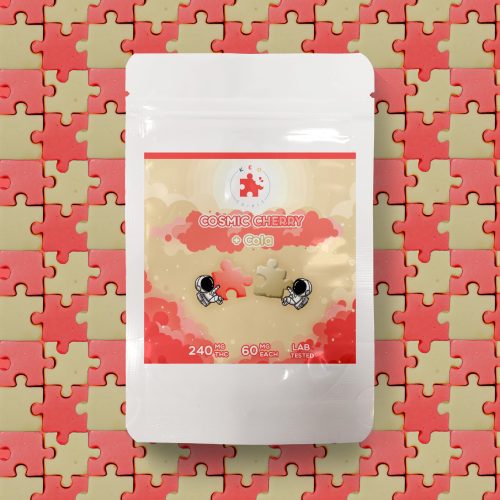
Recent Comments